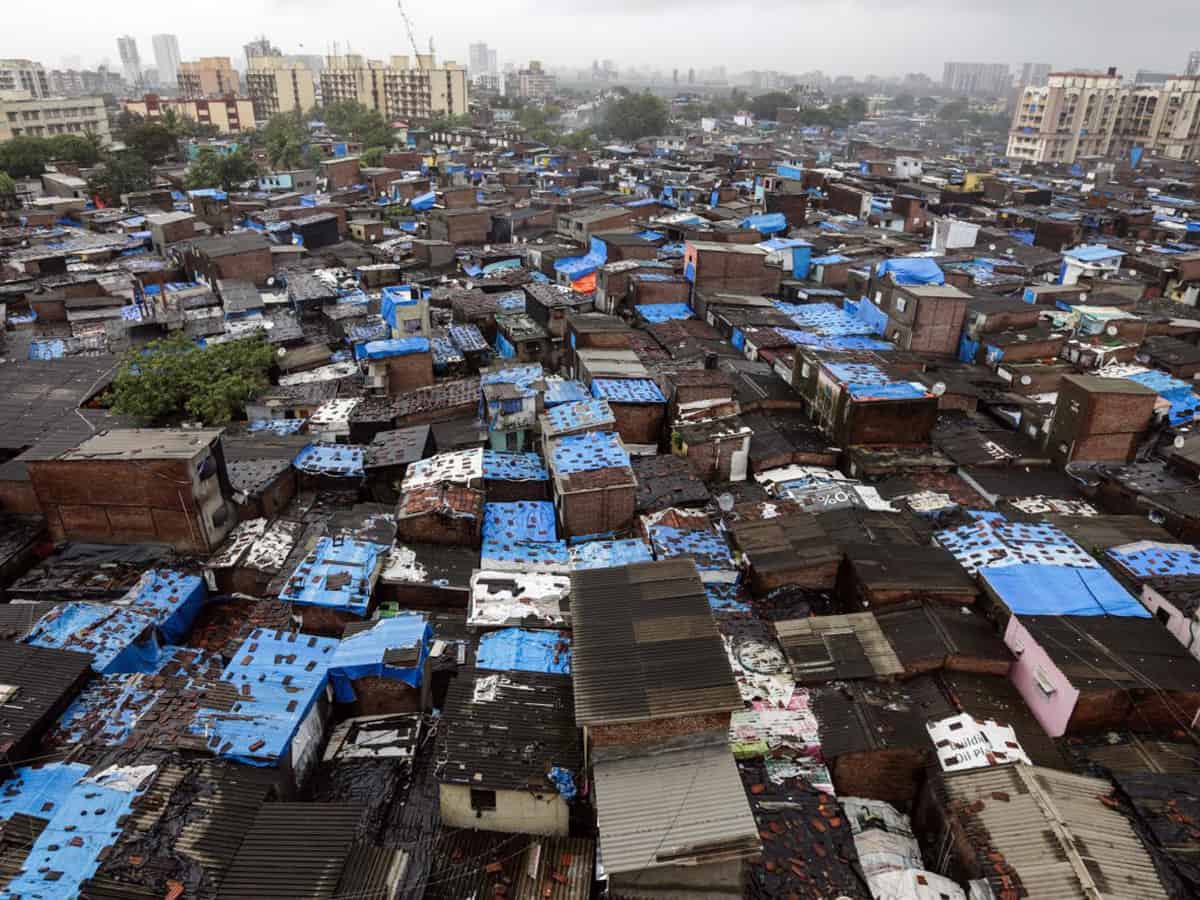Nihad Amani and Sruthi Vibhavari
Hyderabad: The success story of Dharavi — Asia’s largest slum– is worth a million applause. The Maharashtra government has set an excellent example for the entire country. The slum constitutes 1,000,000 persons with a population density of over 277,136/km2. The credit can be given to the door to door testing and the medical team.
Why can’t the same be done in Hyderabad?
It’s almost four months that COVID had hit the city. Since then the Telangana has achieved the dubious distinction in the country’s COVID tracking. It has one of the lowest testing rates.
On July 6 the data released by NITI Aayog, Telangana stood second-lowest testing state in India. Despite constant urge from the World Health Organization nothing seems to have changed. During the first and second phase of lockdown, only 400 tests were carried out. And in the third, fourth and fifth phase of the lockdown the testing increased to 1000 per day. Ironically the testing done is only restricted to the containment zones or suspected patients.
Slums are left to rot
According to the data by Hyderabad Urban Labs (an urban research and action initiative) there are over 1000 notified and over 400 un-notified slums in the city with total population of about 16,20,452 persons..
Furthermore, the state’s slums are in the form of clusters where many smaller ones form one large slum.
According to HUL, the largest slum is Hafiz Baba Nagar with over 25,000-30,000 population. Meanwhile, Hassan Nagar—Charminar, Vattepally, Gulshan Nagar— Musheerabad, Bhavani Naga, Talab Katta are among the largest clustered slums in the GHMC limits. Additionally, they are many small clusters at the outskirts of the GHMC limits.
While the need for rapid testing on the rise, Chief Minister K Chandrashekar Rao seems to be busy demolishing the old Secretariat and building a new one in its place. He spends most of his time at his farmhouse which is on the outskirts of the city.
Telangana government appears to have shut its eyes on the slums where thousands of people are reporting sick, not necessarily of COVID-19.
Siasat.com spoke with the residents of Talab Katta, Gulshan Nagar and Hafiz Baba Nagar. Many of them testified that no door to door COVID-19 testing was carried out.
The other startling fact that emerged from visits to these slums that most people are unaware of the perilous situation they are living in.
Moreover, the established COVID centers in different areas are considered as scary locations. The people are afraid to go to the centers. “Going into those localities is like inviting unnecessary infections,” said Hashim Ali resident of Talab Katta.
A woman of about 60 years of age said, “Kaiki Bimaari hai ki kiya hai ki. Zindagi haram kardi. Kaisa karna kiya karna kuch bhi nai maloam. Bas itta maloam, mera beta na kama sakra na meku kuch khaney ku de sacra.” This would roughly means that the woman had no knowledge about the virus. She says her son is able to earn a penny and she has no money to survive.
Kiran Singh, a school teacher in Gulshan Nagar said, “It’s very important to create awareness among the people about the pandemic. People here have no idea as what the symptoms are, what is to be done and where to go.”
Social activists and few locals requested that the government should increase COVID testing. And create awareness among people over the need to be tested. Some of them believe that the government should launch a door-to-door campaign as early as possible.

